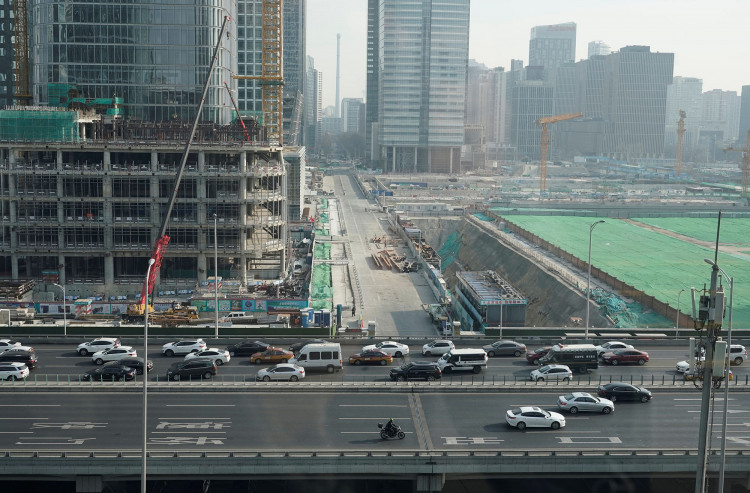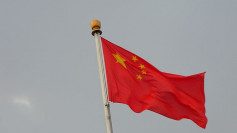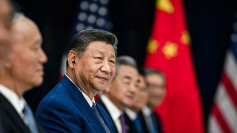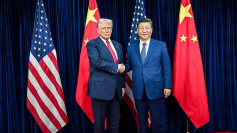China's economic growth slowed more than expected in the second quarter, according to official data released on Monday. The figures have fueled expectations that Beijing will need to roll out more robust stimulus measures to support the world's second-largest economy. China's GDP grew by 4.7% year-on-year in the April-June period, falling short of analysts' forecast of 5.1% and marking the slowest growth since the first quarter of 2023. This is a decline from the previous quarter's 5.3% expansion, highlighting ongoing struggles within the economy, particularly in the property sector and labor market.
"Soft domestic demand could continue to weigh on inflation and start to erode production strength," analysts at Citi noted in a pre-release commentary. They emphasized the importance of the upcoming third plenum and the Politburo meeting scheduled for later this month, which could result in significant economic policy decisions.
The quarterly growth rate also slowed to 0.7%, down from a revised 1.5% in the previous three months. This slowdown comes as the Chinese government aims for a 5.0% growth target for 2024, a goal many analysts consider ambitious without additional stimulus.
To combat persistent economic challenges, China has been investing heavily in infrastructure and high-tech manufacturing. Despite these efforts, economic growth has been uneven, with industrial output outpacing domestic consumption, raising deflationary risks amid the property downturn and increasing local government debt.
China's export performance has been a bright spot, with an 8.6% increase in June compared to the previous year. However, imports fell by 2.3%, indicating weakened domestic demand. Consumer prices grew for the fifth consecutive month in June but fell short of expectations, while factory deflation persisted.
Pan Gongsheng, China's central bank governor, reaffirmed the commitment to a supportive monetary policy stance last month. He indicated that the bank would use policy tools such as interest rates and reserve requirement ratios to support economic development. Analysts polled by Reuters anticipate a 10-basis point cut in China's one-year loan prime rate and a 25-basis point reduction in banks' reserve requirement ratio in the third quarter.
Citi analysts predict that the government will introduce another round of property-supporting measures after the Politburo meeting later this month. In May, authorities allowed local state-owned enterprises to purchase unsold completed homes, and the central bank established a 300 billion yuan relending loan facility for affordable housing.
June's economic data further highlighted the challenges facing China. Retail sales increased by 2%, missing the 3.3% forecast, while industrial production exceeded expectations with a 5.3% rise from the previous year. Urban fixed asset investment grew by 3.9% in the first six months, meeting expectations, although real estate investment continued to decline at a rate of 10.1%.
The National Bureau of Statistics (NBS) did not hold a press conference for the data release but issued a statement urging efforts to "invigorate the market and stimulate the internal impetus" for economic recovery. The urban unemployment rate remained unchanged at 5% in June.
The latest credit data showed a sharp drop in the growth of the broad money supply and new yuan loans in the first half of the year compared to the same period in 2023. Household loans increased by 1.46 trillion yuan, nearly half of the 2.8 trillion yuan recorded last year. Business loans also saw a decrease, with 11 trillion yuan recorded in the first half of the year compared to 12.81 trillion yuan last year.
Goldman Sachs analysts commented that the June credit data indicated weak credit demand, with recent policy communications suggesting that the People's Bank of China (PBOC) is focusing on enhancing monetary policy transmission rather than aggregate credit growth. They anticipate a gradual slowdown in the growth of new CNY loans and M2 money supply.






